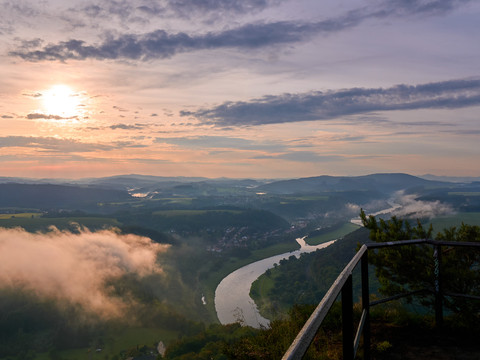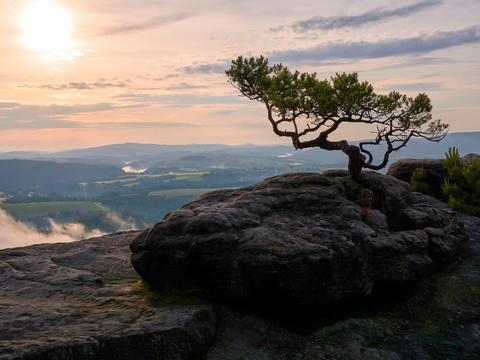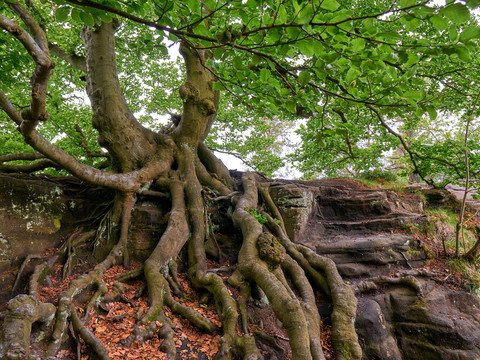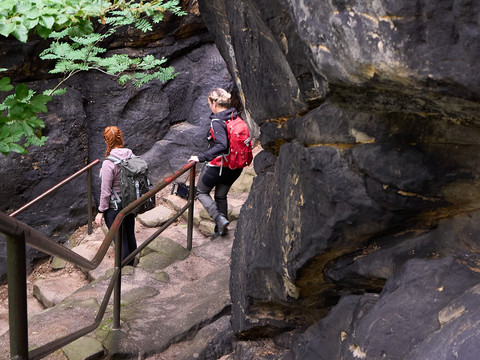The Lilienstein is a striking table mountain in the Elbe bend near Königstein - a popular hiking destination with a wide panoramic view and significant history.
Archaeological finds indicate that it was used in the past; in the Middle Ages there was a small castle on the plateau. Augustus the Strong had an ascent built in 1708 to make the Lilienstein accessible to visitors.
Today, two paths lead to the summit plateau: a steeper southern ascent with steps and a somewhat gentler northern ascent. At the top, there is a wide view over the Elbe valley and the surrounding table mountains.
It lies in the middle of the national park. The Sellnitz environmental education center is located at its foot.
During the season, a mountain restaurant is open on the summit, which is served by a cable car. The Lilienstein can be easily incorporated into a circular hike and is suitable for half-day or day trips.
Tips for photographers:
As the Lilienstein is comparatively high, there is a good chance that you will find yourself above the sea of fog on a clear day - particularly impressive at sunrise, for example on the eastern side by the obelisk or west of the southern ascent.
Caspar David Friedrich was also fascinated and drew the only table mountain on the right bank of the Elbe from various perspectives. Views from Rathen and Prossen have survived. Whether he also captured the breathtaking view from the summit over the Elbe valley with paper and pencil cannot be said with certainty. In a sepia from 1835, the Lilienstein makes one last major appearance in Friedrich's work - as the otherworldly destination of an arduous journey through life.
Hiking tips:






